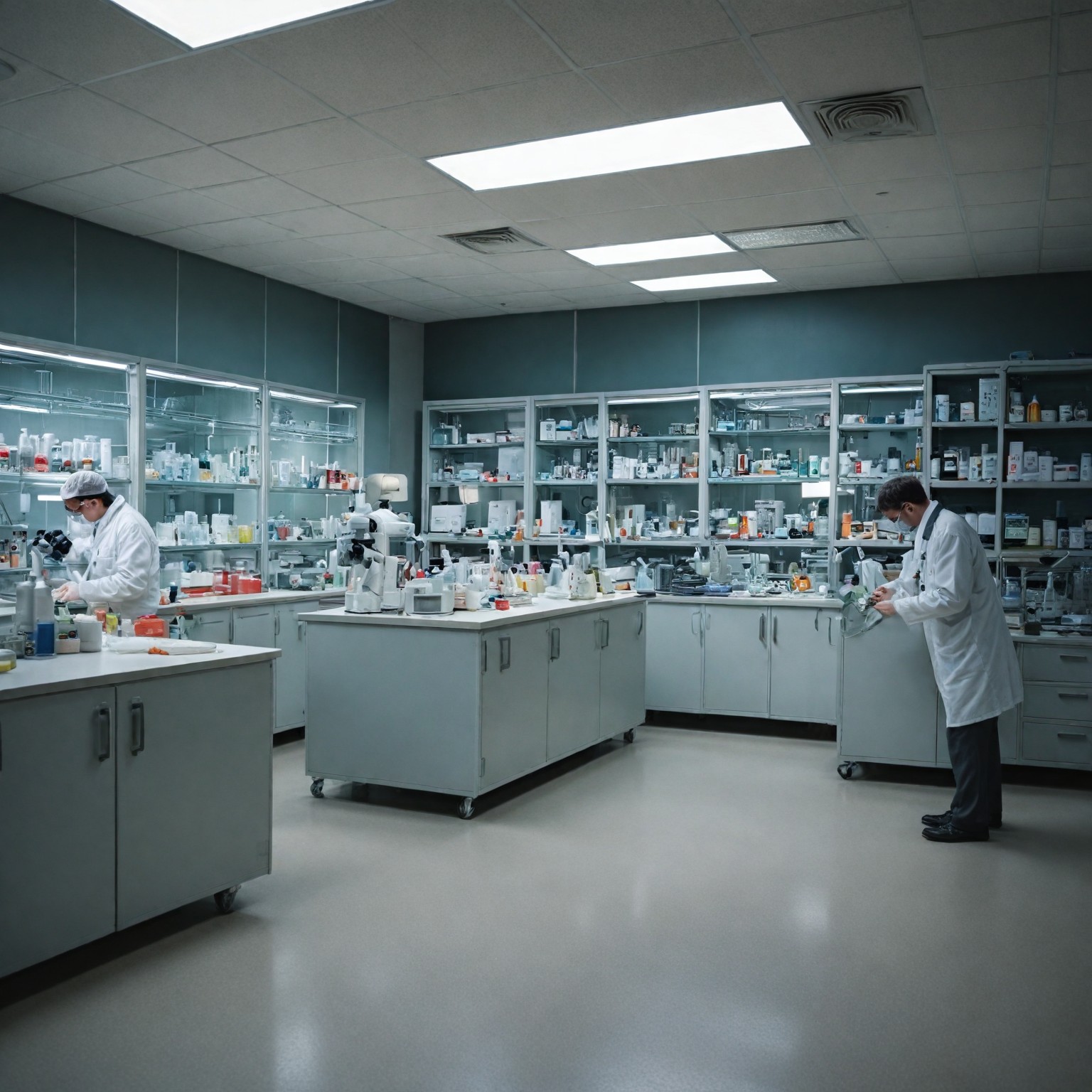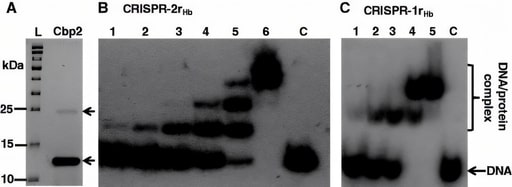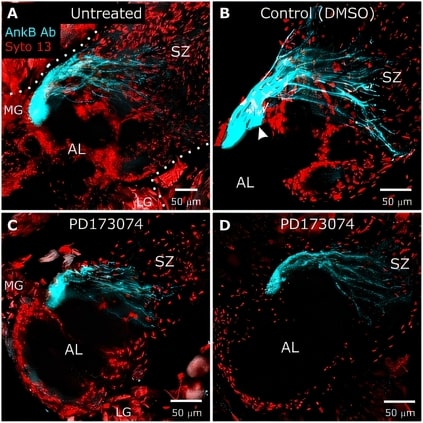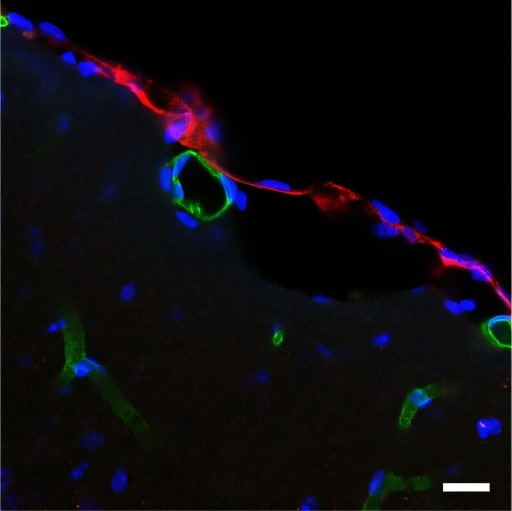autism drug discovery
our molecular engineering

Our title "Unraveling Pathways Exploring the Potential of F. prausnitzii A2-165 in ASD medicine through Gene Co-Expression Analysis and Gut Organoid-Microbe Co-Culture Setup" delves into the potential of F. prausnitzii A2-165, a key gut microbe, in the treatment of Autism Spectrum Disorders (ASD) through advanced gene co-expression analysis and innovative gut organoid-microbe co-culture setups. We cover how manipulating the gut microbiome could influence neurological health and cognitive functions in individuals with ASD, offering new avenues for therapeutic interventions.
Modulating neurotransmission and CRISPR
Our work "Modulating Neurotransmission and Inflammation in Severe Neonatal ASD: Targeting GPCRs and Carotenoid Pathways in Cognitive Enhancement" covers the modulation of neurotransmission and inflammation in severe (and neonatal) ASD by targeting G protein-coupled receptors (GPCRs) and carotenoid pathways. We highlight the potential cognitive enhancements through these pathways, discussing both the scientific basis and the practical implications of these targeted interventions.
Using another approach, our work "Modulating Cognitive and Social Dynamics in ASD: Targeting D2D3 Dopamine Receptors and Regulating Dopamine Transporter Activity Through CRISPR and Organoid Models" explores the modulation of cognitive and social dynamics in ASD by targeting D2D3 dopamine receptors and regulating dopamine transporter activity. We discuss the use of CRISPR technology and organoid models as innovative tools to understand and potentially enhance the neurological functions affected in ASD, aiming to improve both cognitive and social outcomes.
Taking full advantage of CRISPR ,through our recent work titled "Harnessing Single-Cell Omics, CRISPR, MSCs, miRNAs, and Valproic Acid Targeting SHANK3 Mutations and Associated Pathways" we investigate the integration of single-cell omics, mesenchymal stem cells (MSCs), microRNAs (miRNAs), and valproic acid in targeting SHANK3 mutations and associated pathways in ASD. We consider the synergy of these diverse technologies and approaches in advancing personalized medicine and improving therapeutic outcomes for individuals with ASD.




